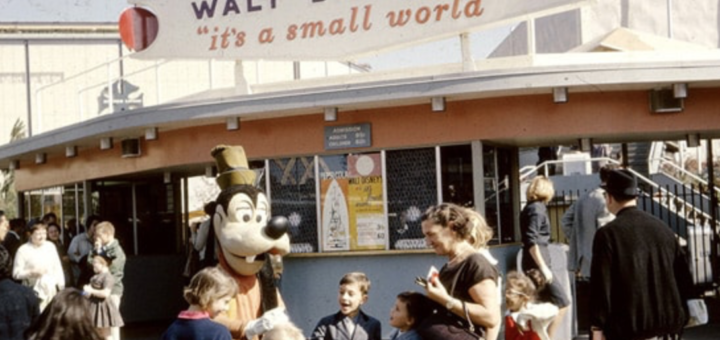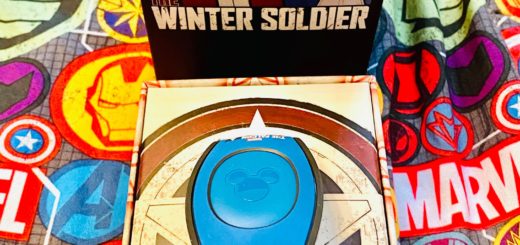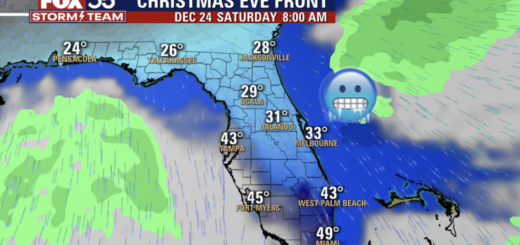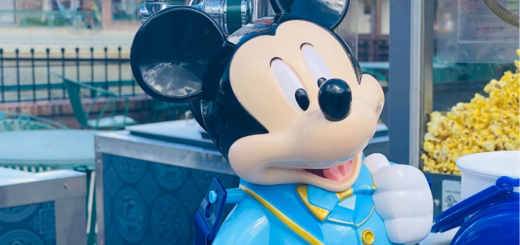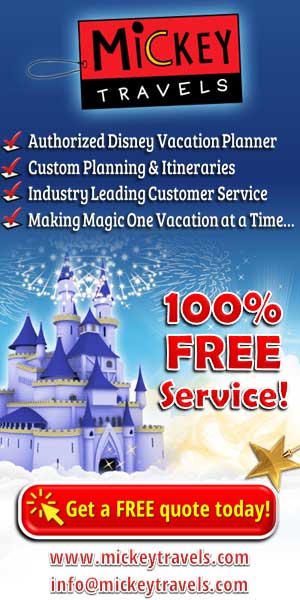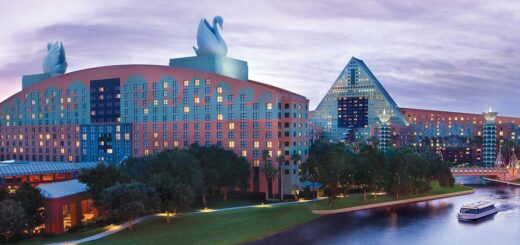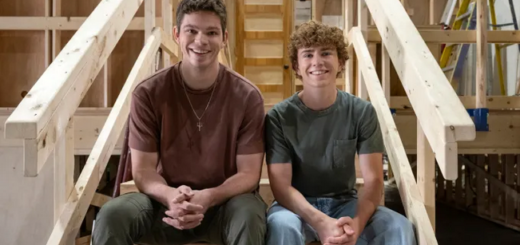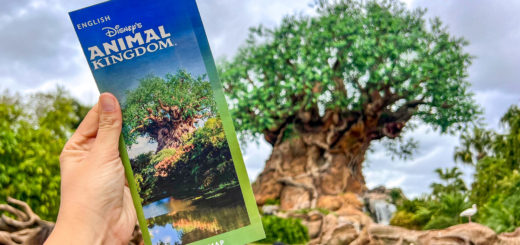How It Was Made: It’s a Small World
Friends described Walt Disney with many different words. Nobody ever called him a no person, though.
In fact, one of Uncle Walt’s greatest strengths was that he surrounded himself with optimists, those who believed they could do anything.
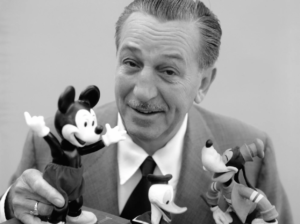

Photo:networthopedia.com
Sometimes, even Disney’s most ardent supporters thought he bit off more than he could chew, though.
For example, Imagineers expressed outrage when their boss pitched one of Disney’s most iconic attractions.
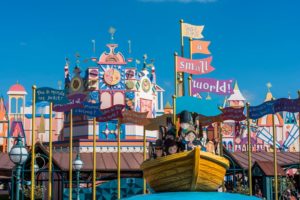

Photo: Disney
In this edition of How It Was Made, we’ll discuss It’s a Small World, Walt Disney’s gentle “little boat ride” that nearly caused a staff revolt.
The Setting: The 1964 New York World’s Fair
Thanks to the shocking success of Disneyland, WED Enterprises had grown its reputation as magic makers.
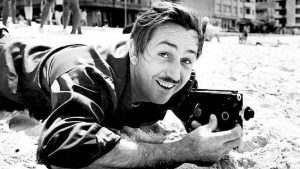

Photo: Walt Disney Family Museum
By the turn of the 1960s, Walt Disney felt that his Imagineers were capable of anything. Still, he faced an ongoing issue throughout his career.
Disney never possessed enough cash to fund the projects he desired.
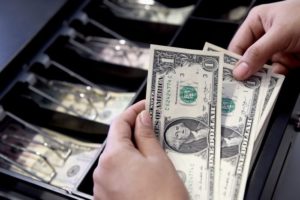

Photo: NIMON/SHUTTERSTOCK
He’d faced the same issue in starting an animated company, making Snow White and the Seven Dwarfs, and building Disneyland.
In 1959, the first significant park expansion at Tomorrowland required a new admission standard, the E-ticket.
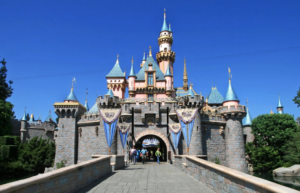

Photo: CNtraveler.com
These attractions cost more for park guests because Disney spent so much money constructing them.
I don’t think Disney fans will ever understand how much scrambling Uncle Walt did to finance his projects.
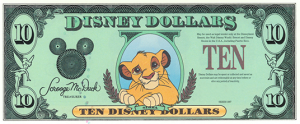

Photo: Disney
At the start of the 1960s, he recognized an opportunity to leverage the reputations of his workers for money.
Back then, World’s Fairs still possessed a large amount of cachet. This is because they were essential cultural events that allowed the countries of the world to come together.
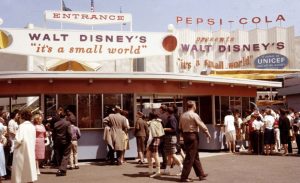

In 1964, New York City had earned the rights to host a World’s Fair. To the corporate world, this event represented a rare branding opportunity.
Pavilion sponsors could increase their branding awareness in foreign countries, thereby potentially adding new revenue streams.
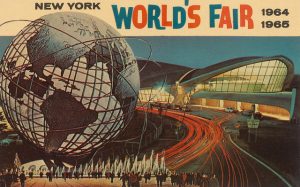

Photo:purehistory.org
In short, the 1964 New York World’s Fair provided an almost unprecedented financial opportunity. So, power players wanted to build the best pavilions.
Ever the businessperson, Walt Disney recognized that his team of Imagineers could create attractions for those pavilions…at a high price.
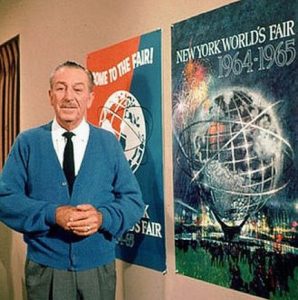

Photo: Disney
General Electric and Ford Motor Company, two of the most influential brands in the country, happily paid Walt Disney’s team.
An unlikely third entity, the state of Illinois, also agreed. Finally, Disney settled on building three World’s Fair pavilions. Then, fate intervened…
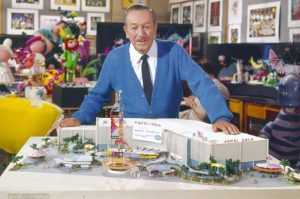

Photo: Disney
The Request: A Favor for a Friend
Academy Award-winning actress Joan Crawford’s personal life proved so turbulent that she became the subject of the scathing 1981 movie Mommie Dearest.
However, she had earned a reputation as a hard worker and a savvy businessperson in Hollywood circles.
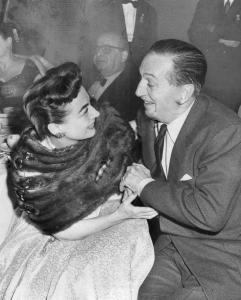

Photo:topdisneyblog.com
In fact, due to her marriage to Alfred Steele, Crawford became one of the most significant shareholders of Pepsi-Cola and a member of its Board of Directors.
Pepsi had wanted to participate in the 1964 New York World’s Fair. But unfortunately, the company couldn’t find anyone who could build a viable attraction.


Photo: Bill Cotter
Crawford ran into Walt Disney at a Hollywood party and lamented that Disney hadn’t agreed to work with Pepsi. That was news to Walt.
There remains confusion about whether someone at Pepsi failed to make the offer or someone at Disney declined it due to the three other projects.
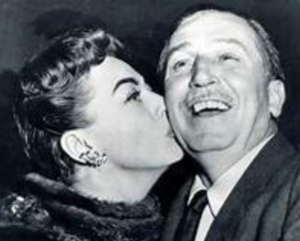

Photo: Davelandblog
Still, Walt Disney loved the idea of creating a fourth pavilion for the Pepsi brand. They had deep pockets and a desperate need. That’s always music to the ears of salespeople.
So, Walt Disney informed Crawford that he might be interested. His company would have some requirements, though.


Photo: Disney
Since Disney had so much on its plate, the new attraction had to be straightforward, something Imagineers could bring together quickly.
At the time, there was less than a year before the start of the World’s Fair anyway. For this reason, Crawford readily agreed, and her cohorts at Pepsi did as well.
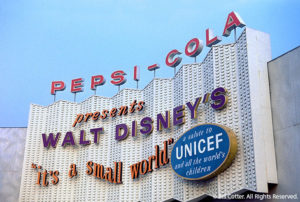

Photo: Bill Cotter
Still, one group resisted. Imagineers proved apoplectic when their boss returned with word that he’d signed them up for a fourth project.
At the time, doubt persisted about whether Disney could finish all three that it was currently making. A fourth struck the Imagineers as an impossible proposition.
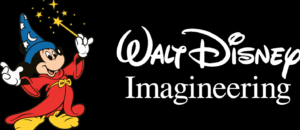

Photo: Walt Disney Imagineering
The Plan: A Little Boat Ride
When we evaluate genius, it’s often challenging to explain why some people are so much better at the creative process.
That statement especially applies to Walt Disney, who planned an entire attraction in his head in a matter of days.
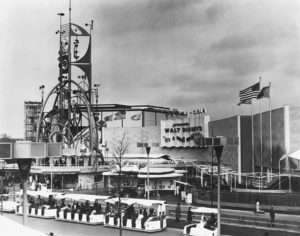

Photo: Disney Parks
Uncle Walt envisioned the World’s Fair as an opportunity for people around the world to join together and celebrate their sameness.
Somehow, an idea crystallized in his head of “A Little Boat Ride” that would display scenes from many countries and cultures.


What Disney loved about the idea was that his Imagineers had already mastered the technology for boat rides by then.
Guests found several of them at Disneyland, most famously Jungle Cruise. So, everyone knew how to build one.
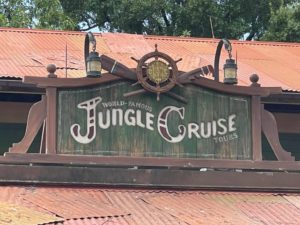

All Disney would need to do differently was construct the sets, the places where guests would look during the boat ride. And Uncle Walt had that covered, too.
Disney asked one of his most talented artists, the legendary Mary Blair, to create the style for the ride.
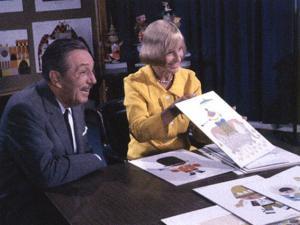

Photo:artstarvedandbookthirsty.com
Blair, whose impact on Disney theme packs remains dramatic to this day, relished this opportunity.
The gifted illustrator selected the color scheme that established the tone for the entire ride. In truth, Blair’s fingerprints are omnipresent through It’s a Small World.
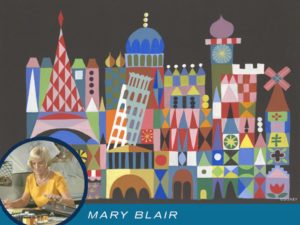

Photo: Mary Blair
All the backgrounds for each country come straight from Blair’s remarkable knowledge of color, scope, and scale.
I’m not exaggerating when I say that should It’s a Small World ever close, its illustrations should go straight to the Louvre. It’s a work of art in the purest sense.
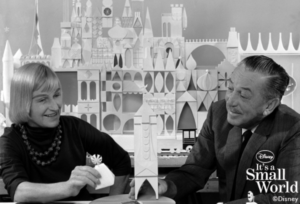

Photo: Vintageunscripted.com
Blair drew from her experience creating Disney-licensed Hallmark cards in the 1940s to create the scenery and characters.
If Walt Disney is the father of It’s a Small World, Mary Blair is irrefutably the mother.
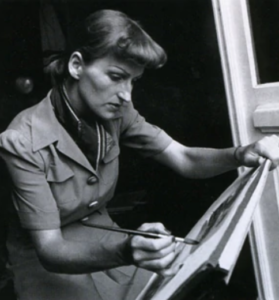

Photo: Disney.fandom.com
The Final Touch: A Message of Hope
By assigning Blair to this project, Walt Disney demonstrated one of his most impressive skills. He could staff projects with the perfect people for the moment.
Everyone at WED Enterprises worked hard in the lead-up to the World’s Fair. However, Blair’s workload wasn’t any different than usual.
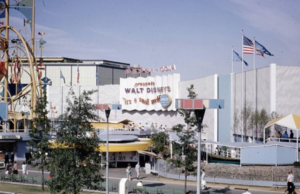

Photo: Disney Parks
So, Disney pulled her off her current assignments and gave her the body of a year to bring It’s a Small World to life.
Everything else about the project involved theme park knowledge that Disney workers could easily pass around.
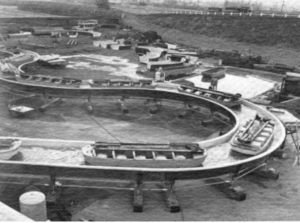

Photo: enchanted manor
Building the boat part of the ride proved the most straightforward part.
In taking this approach, Uncle Walt kept his overworked staff members from doing anything extra for the unplanned fourth pavilion.
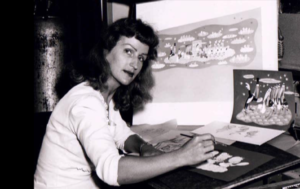

Photo:imdb.com
Meanwhile, Mary Blair crafted what is the most memorable work of her illustrious career.
Of course, Disney didn’t stop there. He made one other call to the bullpen for the project’s final phase.
The creator understood that music would pull together the theme as much as any of the visuals.
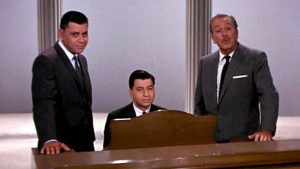

Photo: D23
Disney pitched his friends, the Sherman Brothers, on participating after his original plan failed completely.
Uncle Walt had intended It’s a Small World to play every country’s national anthem as the boat drove by each set.
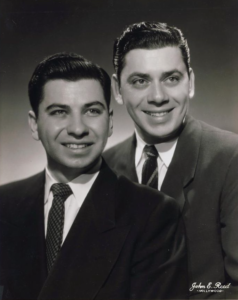

Photo: John E Reed
The sound of that proved, well, nightmarish. If you doubt this, ask a large group of people to play a different song on each of their phones. You’ll get the point of why this strategy fails.
Plan B involved the Sherman Brothers, who were impacted by the events of the Cuban Missile Crisis.
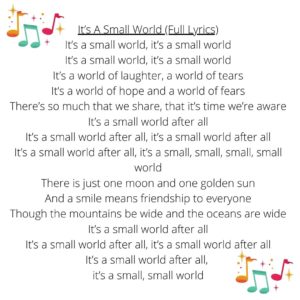

The musicians crafted lyrics about unity and acceptance, a profound message that resonates today. It’s the most played song in the world, and that’s a good thing.
The Impact: A Cultural Phenomenon
When It’s a Small World debuted at the World’s Fair, it proved an overnight sensation. In fact, all four Disney attractions did.
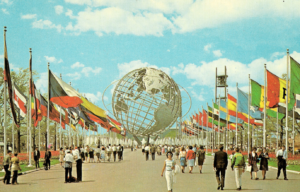

Photo: boweryboyshistory.com
Disney dominated the headlines due to the brilliance of its Imagineers. For Uncle Walt, that wasn’t even the best part, though.
The shrewd negotiator had persuaded Pepsi to make the ride permanent. They had already paid Disney for the attraction’s construction.
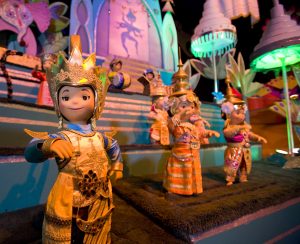

Photo: Paul Hiffmeyer/Disney Parks
Then, Pepsi also spent money to box up the sets and ship them to Disneyland.
The World’s Fair ended on October 17th, 1965. It’s a Small World debuted at Disneyland on May 28th, 1966. The ride has remained there for 45+ years.
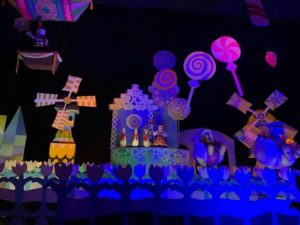

Yes, when you board It’s a Small World at Disneyland, you’re riding the original version, the one that Joan Crawford commissioned and Walt Disney envisioned!
You’re staring at the puppets that Mary Blair built from scratch, and you’re listening to the song that the Sherman Brothers wrote. It’s a time capsule available to everyone!
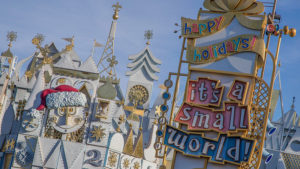

(Joshua Sudock/Disneyland Resort)
Over the years, It’s a Small World has proven the most iconic of all attractions from the 1964 New York World’s Fair. It’s also made the most substantial cultural impact.
Most of this planet knows the song, and people can recognize Mary Blair’s artwork anywhere.
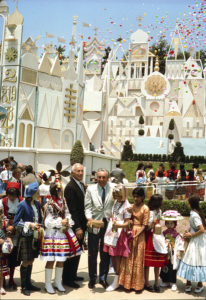

Photo:Disney Enterprises
It’s A Small World is a perfect project that Walt Disney somehow pulled together in less than a year! And he convinced Pepsi to pay for it!
Thanks for visiting MickeyBlog.com! Want to go to Disney? For a FREE quote on your next Disney vacation, please fill out the form below and one of the agents from MickeyTravels, a Platinum level Authorized Disney Vacation Planner, will be in touch soon!
Feature Photo: Photo: Disney Parks


